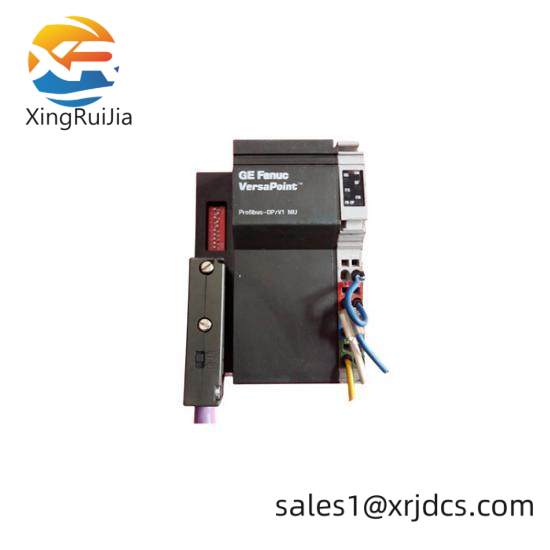Technical Parameter
Part Number:IS200BPPBH2BMD
Series:Mark VI
Manufacturer:General Electric
Function:Safety I/O Pack
Weight:Less than 1 pound
Compatibility:For use with GE Mark VI systems
Product Introduction
The GE IS200BPPBH2BMD Safety I/O Module is an essential component for any modern industrial control system. This module is specifically designed for applications where safety is a paramount concern. Built by General Electric, it adheres to stringent quality standards, offering exceptional reliability and performance.
The module’s compact size makes it ideal for installations with space constraints, while its lightweight design ensures easy installation and maintenance. With a weight less than 1 pound, it is easy to handle and install without additional support structures.
Designed for integration with Mark VI systems, this safety I/O pack offers seamless compatibility, ensuring smooth operation within existing infrastructure. Its robust construction and advanced engineering make it suitable for use in harsh industrial environments, providing reliable input/output functionality under extreme conditions.
This safety I/O module is built for long-term durability and performance, making it a valuable addition to any industrial control setup. It is a cost-effective solution that minimizes downtime and maximizes operational efficiency.

Annual hot selling advantage products:
ABB PM665、ABB S-073N、ABB S-123H 3BHB030479R0512
First hand source, affordable price. Spot inventory!
•Shipping Port: Xiamen
•Ship to you via Fedex/DHL/TNT/UPS/EMS
•Package: Original packing with cartons
What is a DCS?
A Distributed Control System (DCS) is a sophisticated, computer-based control system designed to automate, monitor, and manage complex industrial processes. It is widely used in large-scale industrial facilities such as refineries, power plants, chemical plants, and paper mills, where precision, reliability, and scalability are critical.
How Does a DCS Work?
A DCS is composed of several interconnected components that work seamlessly to ensure efficient process control. Here’s a breakdown of its key elements:
- Controllers:
These are the “brains” of the system. Controllers receive data from sensors, process it using pre-programmed logic, and send output signals to actuators to maintain optimal process conditions. - Sensors:
Sensors act as the “eyes and ears” of the system, measuring critical physical parameters such as temperature, pressure, flow rate, and level. This real-time data is essential for accurate control. - Actuators:
Actuators are the “muscles” of the system. They execute physical actions based on controller commands, such as opening/closing valves, starting/stopping motors, or adjusting dampers. - Operator Stations:
These serve as the human-machine interface (HMI), allowing operators to monitor the process, adjust setpoints, and troubleshoot issues. Modern DCS systems often feature intuitive graphical interfaces for ease of use. - Communication Network:
The backbone of the DCS, this network connects all components, enabling seamless data exchange and coordination. It ensures that every part of the system works in harmony, even across large industrial sites.
Why is a DCS Important?
- Centralized Control with Distributed Execution: A DCS allows for centralized monitoring while distributing control functions across multiple controllers, reducing the risk of system-wide failures.
- Scalability: It can easily expand to accommodate growing operational needs.
- Reliability: Redundant systems and fail-safes ensure continuous operation, even in critical environments.
- Efficiency: Optimizes processes, reduces waste, and improves overall productivity.














There are no reviews yet.